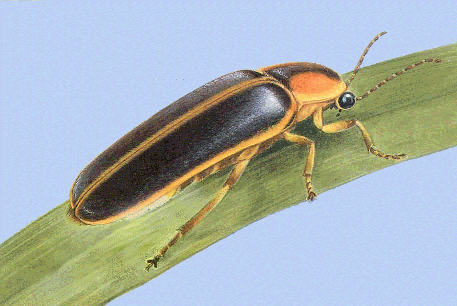Insect Communication
 Communication may be defined as any exchange of information between individuals. For members of the Human species, it is an essential part of all social interactions. We communicate through speech, written language, sign language, body language, Braille, Morse code, and many other cultural and technological inventions. There is even some evidence that we use body odor in communication. Our brains are uniquely adapted for symbolic communication, but most of our “language” skills are acquired through learning.
Communication may be defined as any exchange of information between individuals. For members of the Human species, it is an essential part of all social interactions. We communicate through speech, written language, sign language, body language, Braille, Morse code, and many other cultural and technological inventions. There is even some evidence that we use body odor in communication. Our brains are uniquely adapted for symbolic communication, but most of our “language” skills are acquired through learning.
Insects also have many ways to communicate but, unlike humans, their “language” is almost entirely innate. Each individual is born with a distinctive “vocabulary” that is shared only with other members of its own species. Learning plays little or no role in the ability to produce these signals or to understand them.
An act of communication is not always overt or obvious. No physical entity passes from one individual to another, so it is not always possible to know when exchange of information occurs. The situation is analogous to an alien from another planet who comes to Earth and observes human behavior. Without knowing our language and customs, the alien would be unlikely to recognize a black arm band, a coy wink, or a “yellow ribbon ’round the old oak tree” as forms of human communication. We are in much the same predicament when we study insect communication. The only way to distinguish communicative behavior from non-communicative behavior is by looking for evidence of a change in the behavior (or sometimes, physiology) of another individual.
For experimental purposes, ethologists (scientists who study animal behavior) often define communication as:
An action or condition on the part of one organism that alters the behavior of another organism in an adaptive way.
Thus, an insect may send a communication signal by doing something (e.g. make a noise, release a chemical, or flash a light) or the signal may simply be an inherent part of the insect’s physical makeup (e.g. wing pattern, body color, or surface chemistry). In either case, the signal must elicit some behavioral change in order for a human observer to recognize its existence.


